- Linen lice
- Linen lice
- Nits
- Lice bites
- Disinfectants
Linen lice are a type of human ectoparasite. They do not live on the human body constantly, but from this their neighborhood does not become less pleasant. Small insects pose a potential health hazard: they carry typhus and their bites cause allergic reactions.
How to distinguish parasites
According to scientists, lice there are as many years as humanity. Underwear parasites appeared a little later, when Neanderthals began to wear clothes. A new substrate for habitation provoked the appearance of a separate species of human lice. The mass distribution of parasitic insects is observed under adverse sanitary conditions, so most people do not know what linen lice look like.
Insects are small in size:
- sizes of females vary from 2 to 5 mm;
- the length of the male body varies in the range of 2-4 mm.

The color of gray tones may change to red as it saturates. The flat body is coated with clear chitin. Thanks to this, under a microscope, you can see how bed lice look in the process of feeding, how their abdomen grows and acquires a scarlet color.
Due to its small size and food cravings, lice can often be confused with other bloodsuckers:
- main difference from flea - inability to jump;
- from bed bugs - chaotic arrangement of bites;
- living outside the victim’s body is the main sign of how linen lice differ from head lice, the latter constantly live on man.
On a note!
Dormitory lice, bedding, underwear, clothes - popular names for one type of parasite, which biologists classify as cootie.
Parasites live in folds of clothes, in linen, bedding. You can find them in old pillows, blankets, sofa upholstery. Prefer cotton, linen. The structure of the legs does not allow you to comfortably move around and live in fur things, human hair. Below is a photo of bed lice crawling over clothes.
How do pests eat
The menu of the parasite consists of one dish - human blood. He does not accept diversity in the diet and the blood of animals, birds are not interesting for him. On dogs, cats can parasitize their species of lice. The main feature of this family is that they are faithful to their carrier and do not pass from one species of warm-blooded to another. Therefore, the possibility of human infection head lice from animals completely excluded.
In the photo of linen lice, antennae located on the head are visible. They play the role of the olfactory organ, which attracts the smell of glands located on the human body. Having identified its prey, the insect punctures the skin and introduces an enzyme that helps to clot blood. During eating, the parasite partially implants its head into the wound.
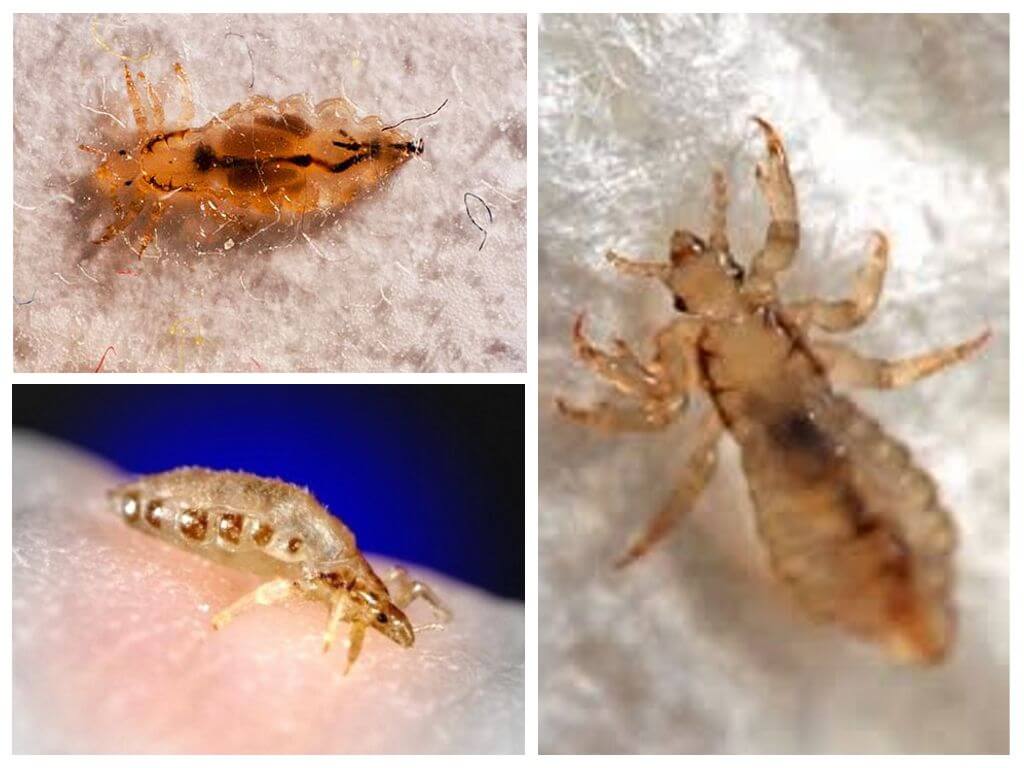
Interesting!
For one meal, an adult drinks 0.001-0.003 ml. This is an impressive amount, given that its own weight does not exceed 1 mg.
Clothes lice feed 2-3 times a day, young larvae up to 8 times. In the absence of a power source lice live no more than 2 days.For this reason, those who wear clothing for a long time and do not make daily changes in underwear are more likely to suffer from head lice.
How much linen lice live also depends on the ambient temperature. Under optimal conditions: temperature range + 25-32 ° С, the life expectancy of an adult is 35-45 days. Without a food base and lowering the temperature to + 7 ° С, a linen louse can survive no more than 7 days. In water, the insect remains viable for 2 days.
Feedback
I had a chance to somehow take the train from Kharkov to Novosibirsk. The path was long and long - almost five days. In the same compartment, a mother and two children rode with me. In appearance, it was noticeable that the mother did not burden herself with the cares of leaving. The kids were in some kind of red blisters and constantly itchy. On the third day I began to notice that I had an itch. He attributed it to the lack of high-quality water procedures - where did they come from in our “shovels” cars.
Only when I got to the place, I was able to consider how much I was bitten. The entire back and stomach were densely dotted with small red swelling. He got scared and immediately went to the dermatologist, who identified the culprits. They turned out to be lice lice, and I picked up parasites in the car. The fight against linen lice did not last long - the doctor prescribed a special pediculicidal shampoo, and he rubbed all things in hot water and stroked with an iron, since there was not much luggage.
Andrey, Raisin
Breeding
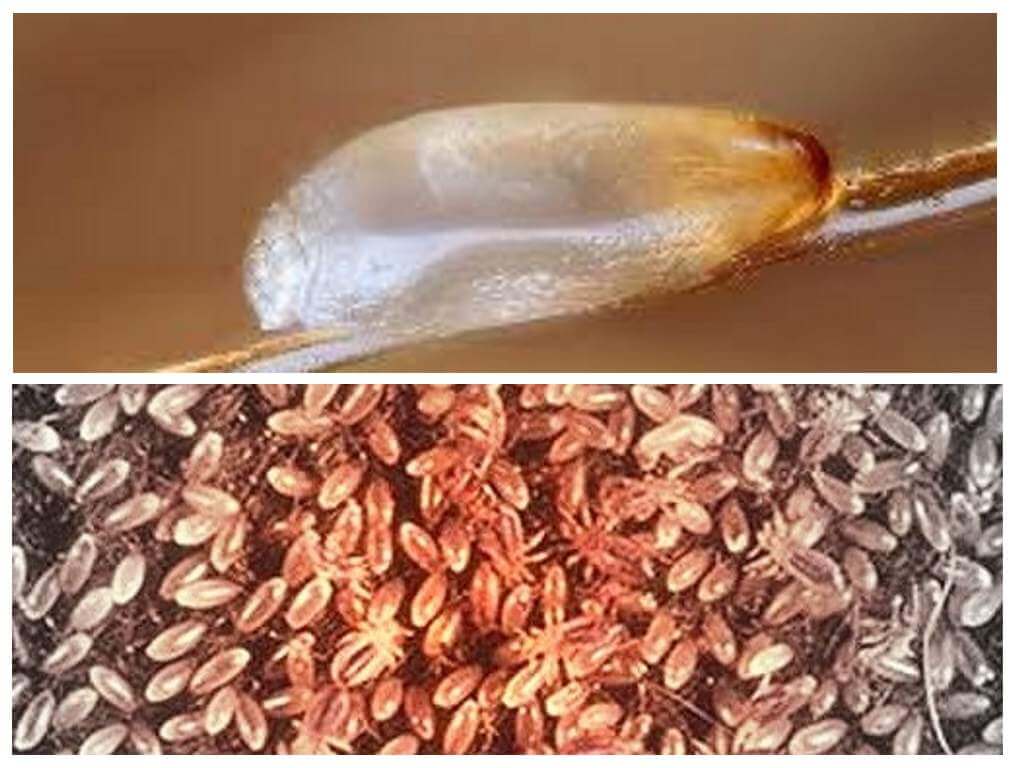
Upon reaching adulthood, the linen parasite mates and 2 days after fertilization begins to lay eggs called nits. Their sizes are so small that it is very difficult to see them with the naked eye. The egg is an oval capsule 1 mm long, pale yellow. The top is crowned with a cap through which the larva hatches. It is attached to the pile with a glue mass. Each female lays up to 400 eggs in her life.
After 7-14 days, a larva appears that needs active nutrition. It differs from parents only in size. In the process of growing up, it undergoes 3 molting - it updates the chitin cover, after which it becomes a sexually mature individual and is ready for breeding.
Interesting!
The female is able to lay eggs without insemination of the male. But in this case they turn out to be empty.
Often disputes arise over how many linen nits die without food. However, the formulation of the question is not entirely correct. Being in the egg, the embryo does not feed. Its development depends on the temperature regime. When the temperature drops to + 20 ° C and humidity loss of 20-30%, development stops. Nits die instantly at temperatures from + 60 ° C and below minus 10 ° C. The same temperatures are critical for adults.
How to identify linen lice
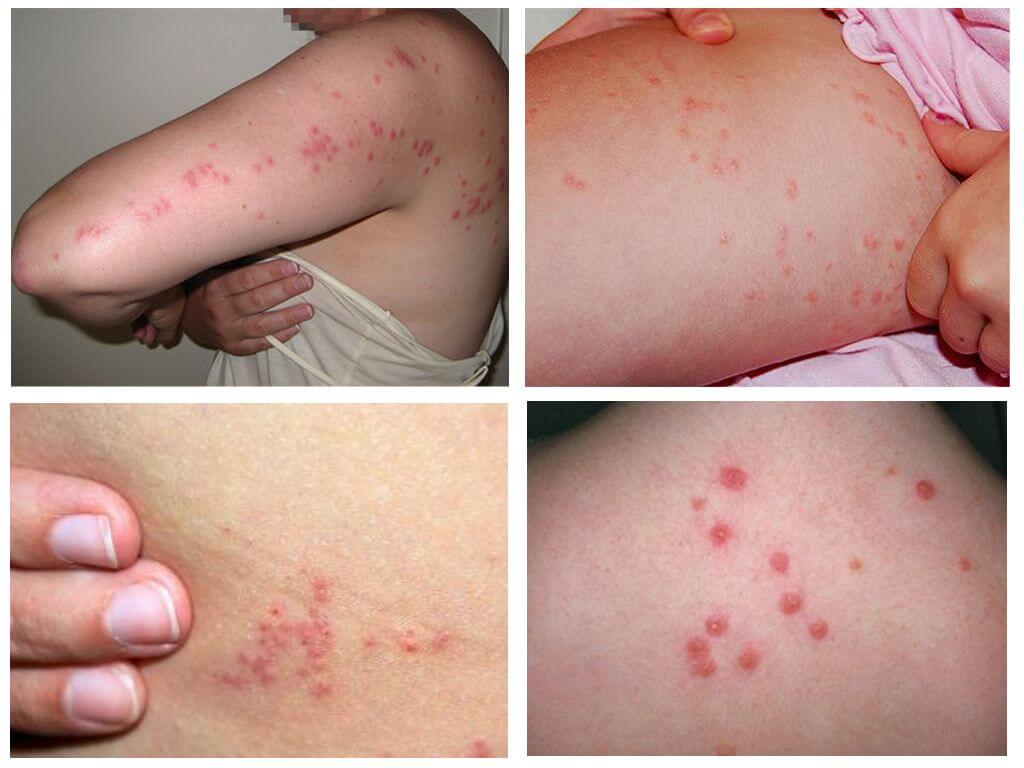
The main sign of infection with linen lice is bites. Parasites bite relatively painlessly, since their saliva contains an analgesic enzyme. A red blister appears on the affected area with a puncture point in the center. At the time of bloodsucking, there is only a slight tingling sensation, subsequently it develops into a severe itching. Insects can bite in the back, lower back, arms, legs, armpit - any areas of the body that come in contact with folds of linen, seams of clothing.
In advanced stages, additional lice symptoms:
- bluish swelling;
- pigmentation;
- furunculosis develops;
- thickens the dermis.
Important!
Durable lice carry typhus and relapsing fever. With an increase in body temperature to 40 ° C, fever, headache, chills, vomiting, the appearance of hallucinations, you must seek help from a medical institution.
If you suspect the appearance of linen lice, you should arm yourself with a magnifying glass and carefully inspect clothes that are exposed to daily wear, underwear, as well as sleeping places in an apartment, a house, since sometimes colonies of linen lice are in secluded corners of the bed, especially if it is rarely washed.
Even the cleanest housewives can detect parasites, because it is impossible to completely isolate themselves from the outside world. The main sources of linen lice come from:
- contact with an infected person;
- crowded places;
- beaches, standing reservoirs - lice can be both in water and on sand;
- fitting, socks of clothes of a carrier of a clothes lice.
Elimination of linen lice at home
Quickly removing linen lice is quite simple, since they do not live on humans and live only on things that are often worn. Treatment of clothes lice consists in the following measures:
- Hygienic procedure using tar soap or shampoo. This cheap natural remedy has disinfecting properties, eliminates itching.
Disinfectants - To eliminate burning sensation, accelerate wound healing, you can use ointments Zvezdochka, Rescuer, antibacterial drugs.
- If an allergic reaction occurs, take an antihistamine.
- Handling an apartment and things.
Given the temperature at which linen lice die, parasites can be removed without the help of insecticides:
- washing clothes, bedding at temperatures above 50 ° C;
- Freezing in a freezer, for this, infected items are pre-packaged in a bag;
- steam generator treatment;
- two-week weathering of clothes on the balcony, the street at any temperature.
Even if it is not possible to wash things, take them out to the street, it is enough to place the entire infected wardrobe in sealed bags and quarantine it for 2 weeks. During this period, insects will be able to hatch themselves without human participation. A simpler way to get rid of louse lice at home does not exist.
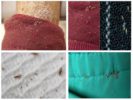
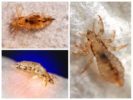
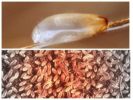

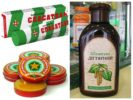
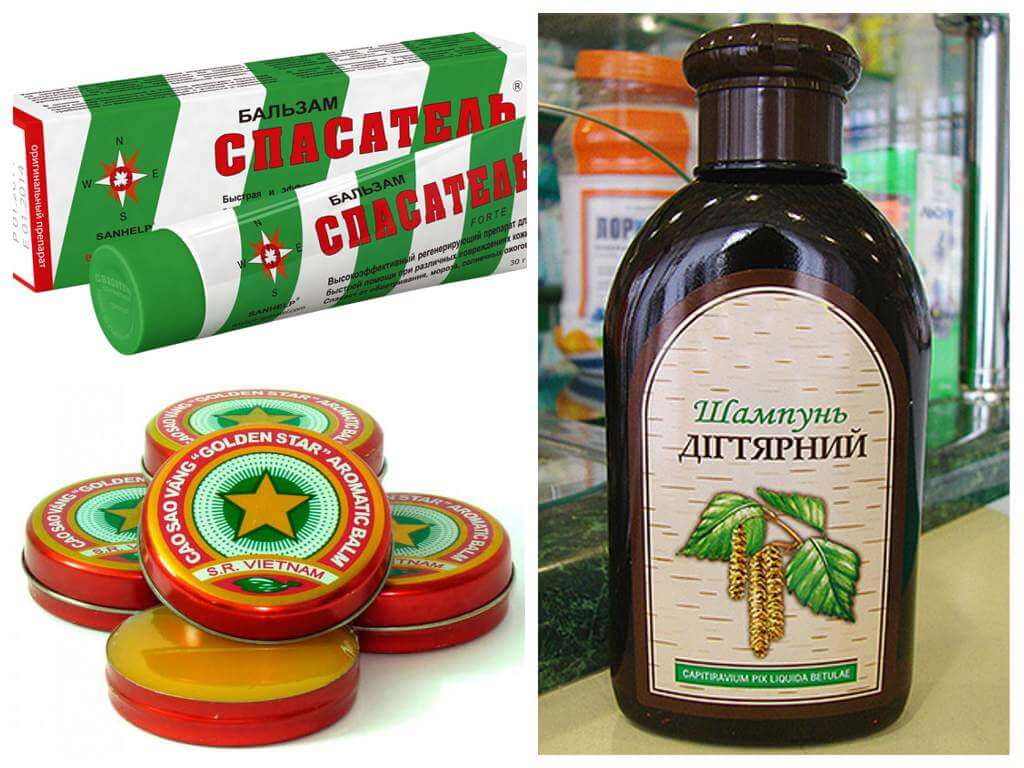
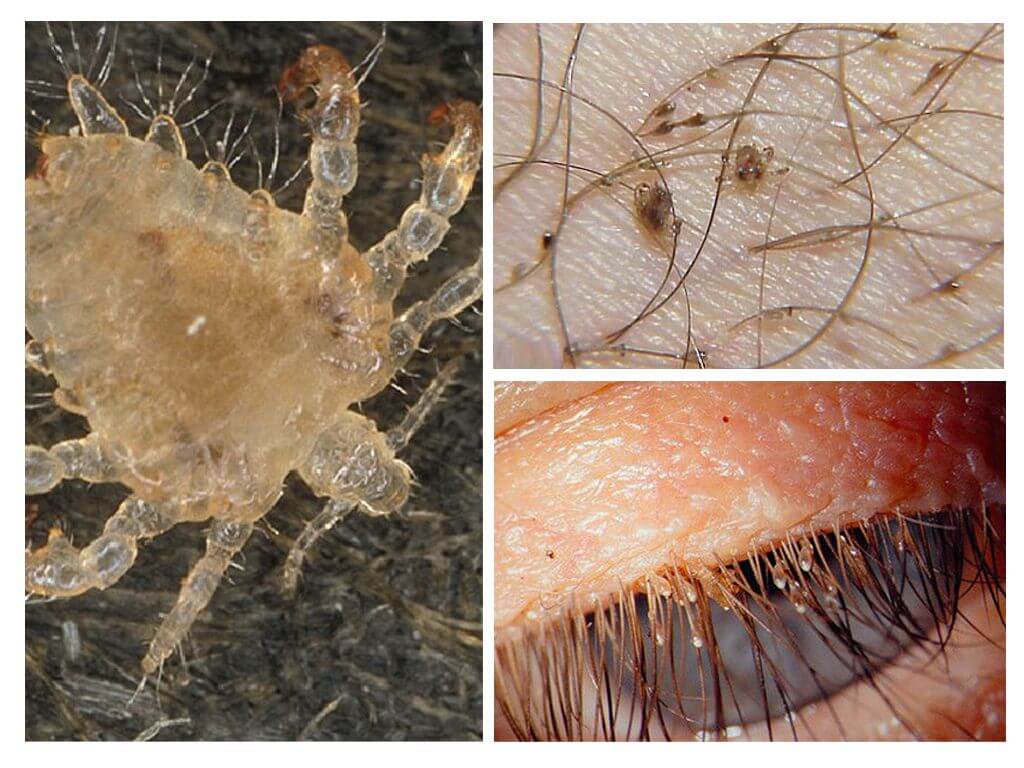
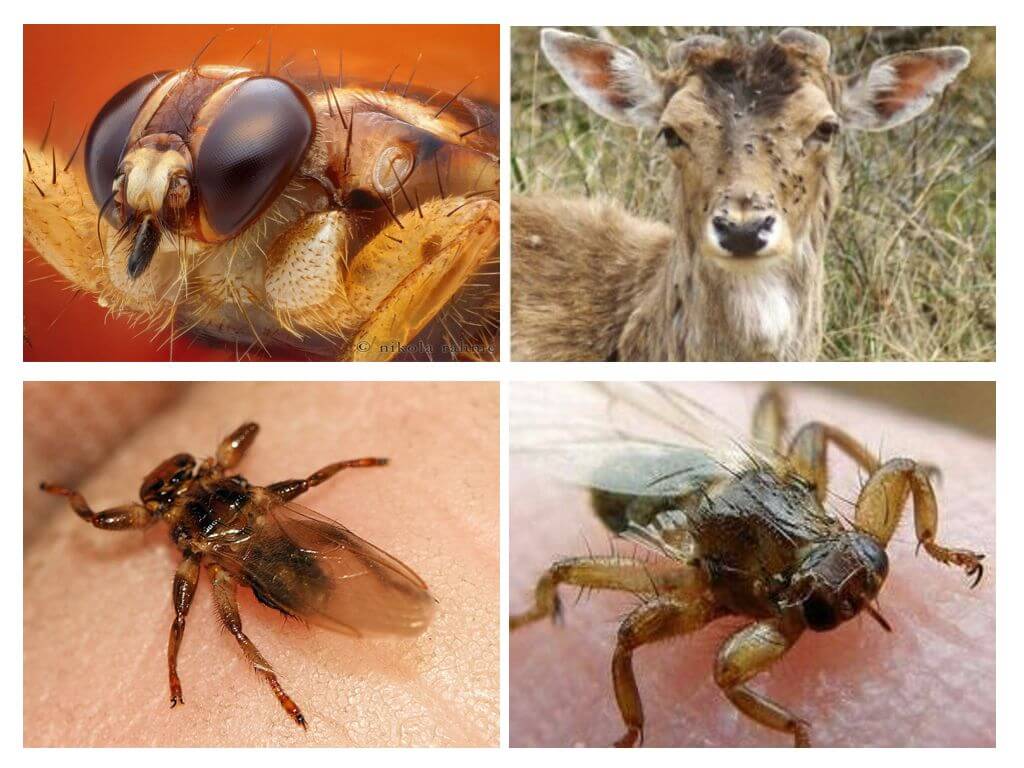
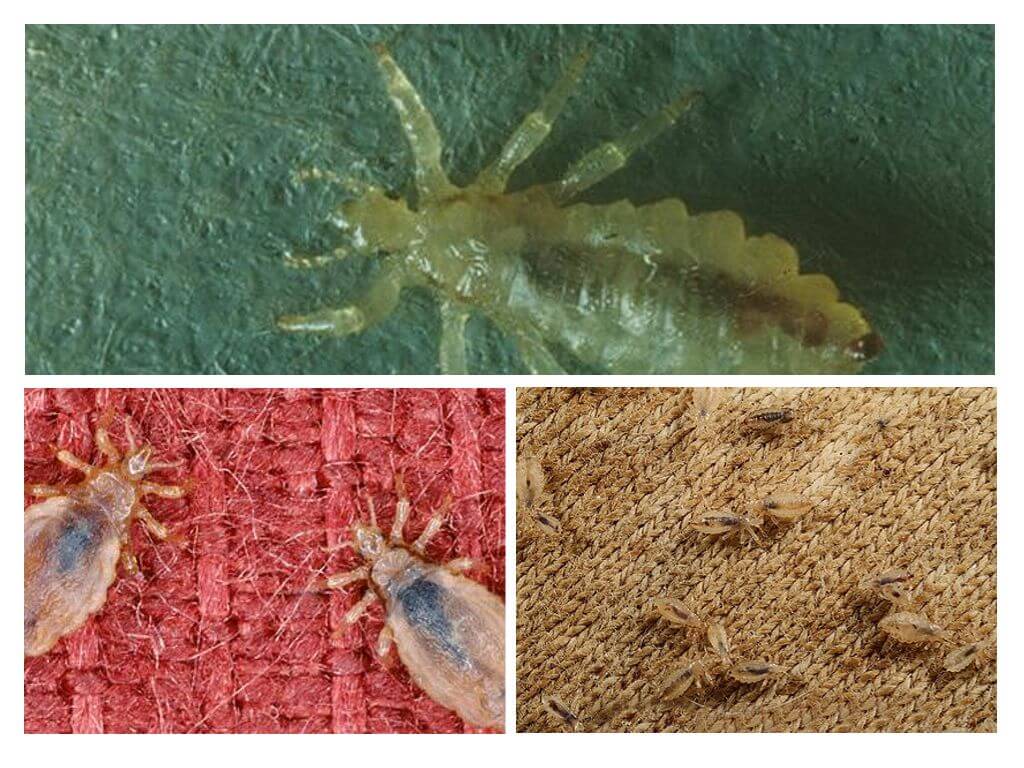
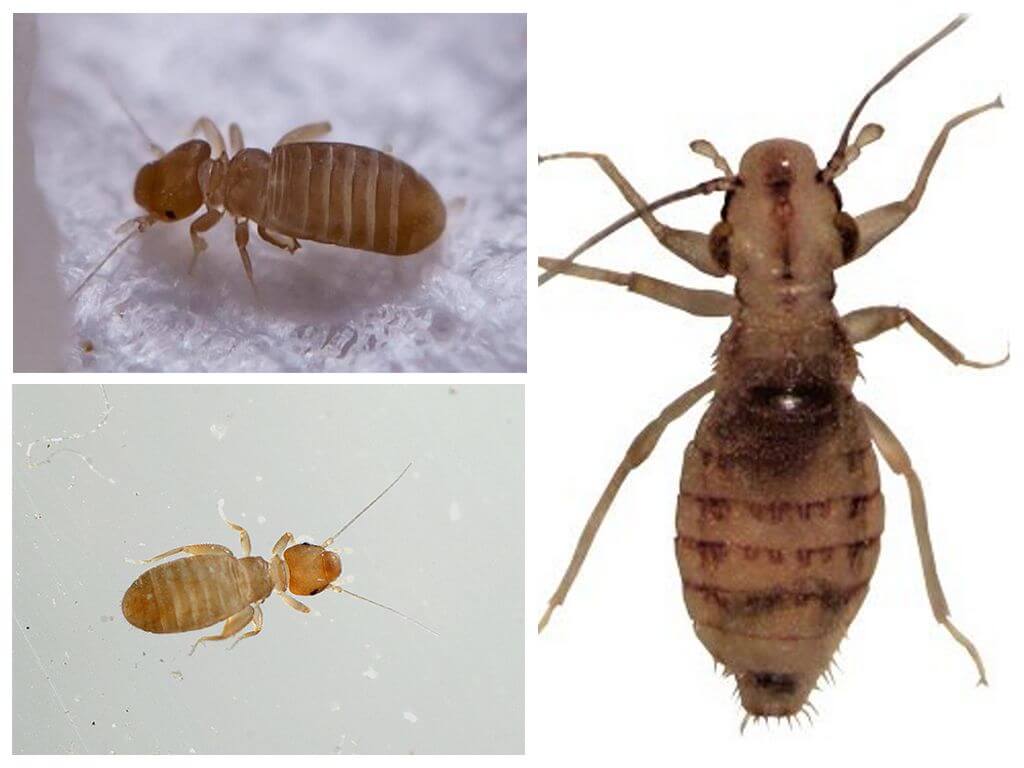
I think that in our civilized society there is no such problem as louse lice.
You are wrong. Linen lice are found in our days. I live in a private house and not the most prosperous family lives next door to me. Parents drink regularly and, after drinking, begin to sort things out through fists. They have no time to engage in a six-year-old daughter. She walks dirty, even unwashed, left to herself. I felt sorry for the girl and I took patronage over her. You can’t even imagine how many living creatures were on her body. There were head and linen lice. There were hundreds in their clothes. At that time, I did not have special pediculose shampoos, so I bathed a girl with tar soap. I was washing her things in the washing machine and gave her the clothes of her granddaughter. Now I regularly wash her things, and we removed the head lice with the help of Nittifor lotion.
You are well done. I would not be able to take care of a neighbor's child in this way, comb out lice from him.
When he lived in a construction hostel, linen lice were wound up at a neighbor. But I must say that this comrade bathed extremely rarely, and didn’t do laundry at all. When we noticed the movement of small dots in his heap, he had to forcibly pour boiling water on his rags and take a shower under our tireless supervision.
If you swim every day and wear clean clothes, then no lice will take root.
There are situations in life that there is no way to either take a shower or wash clothes. When we sat in the basement for a week, hiding from bombing, then in the neighborhood there was the most diverse contingent and permanent residents of the homeless basements including. Therefore, it is not surprising that after 2 days everyone began to actively itch.
I hope I never get to know what linen lice are.
In our house there lives a person who collects rags, bottles and all kinds of trash. He spends most of his time parsing garbage piles. He changes clothes 2 times a year: puts on a winter padded jacket and takes it off in May. The smell from him is such that without a gas mask there is no way to get close. I always avoided him, and now I can’t come near a cannon shot - suddenly there’s still a louse crawling over.
To people who are not alien to hygiene and a washing machine, linen lice are not afraid.
Always looked in surprise at those people on the beach who burrow in the sand. How many parasites there live, and now also knowing that it is possible to pick up a louse louse, I will not walk on sand without slippers at all.